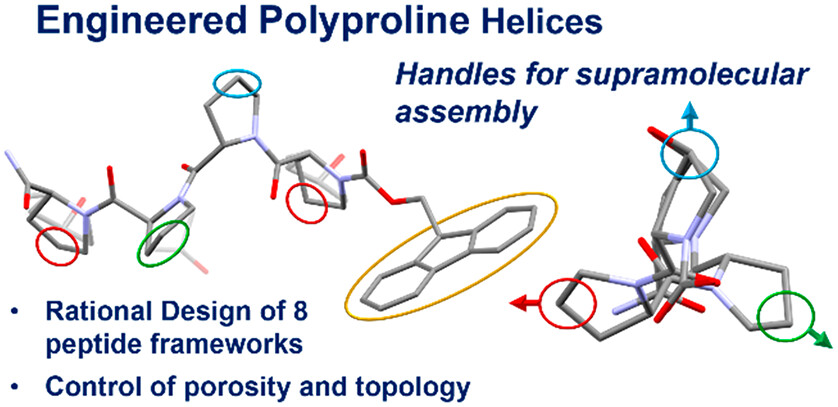
Redefining Biomaterials: Polyproline Helices Engineered for Advanced Supramolecular Constructs
The SISC Group at the University of Kent has made a significant contribution to the field of biomaterials with their latest publication in ACS Macro Letters. The paper, titled Supramolecular Self-Assembly of Engineered Polyproline Helices, co-authored by Dominic Brightwell, Giada Truccolo, Kushal Samanta, Helena Shepherd, and Aniello Palma, presents groundbreaking research that opens up new vistas in the design and development of supramolecular constructs.
This pioneering study explores the vast potential of the polyproline helix as a rigid, tunable, and chiral ligand. The team’s innovative approach demonstrates how oligoproline tetramers can be specifically designed and functionalised to enable the predictable tuning of supramolecular interactions. This meticulous engineering facilitates the formation of supramolecular peptide frameworks with varied properties, setting a solid foundation for future research in this area.
The ability to design and synthesise biomaterials that form desired supramolecular structures is a rapidly growing research field, brimming with possibilities yet to be fully explored. The SISC team’s work represents a substantial leap forward, showcasing the exciting results that can be achieved through the rational design and synthesis of such constructs. Their research highlights the versatility of the polyproline helix, demonstrating its potential as a building block with tunable structural features and functionalities.
The implications of this research are far-reaching, with potential applications spanning various domains, including materials science, medicine, and nanotechnology. By laying the groundwork for further studies utilising the polyproline helix, the team has provided a valuable resource for researchers looking to design supramolecular structures with specific properties and functions.
For more details, see the full paper here.